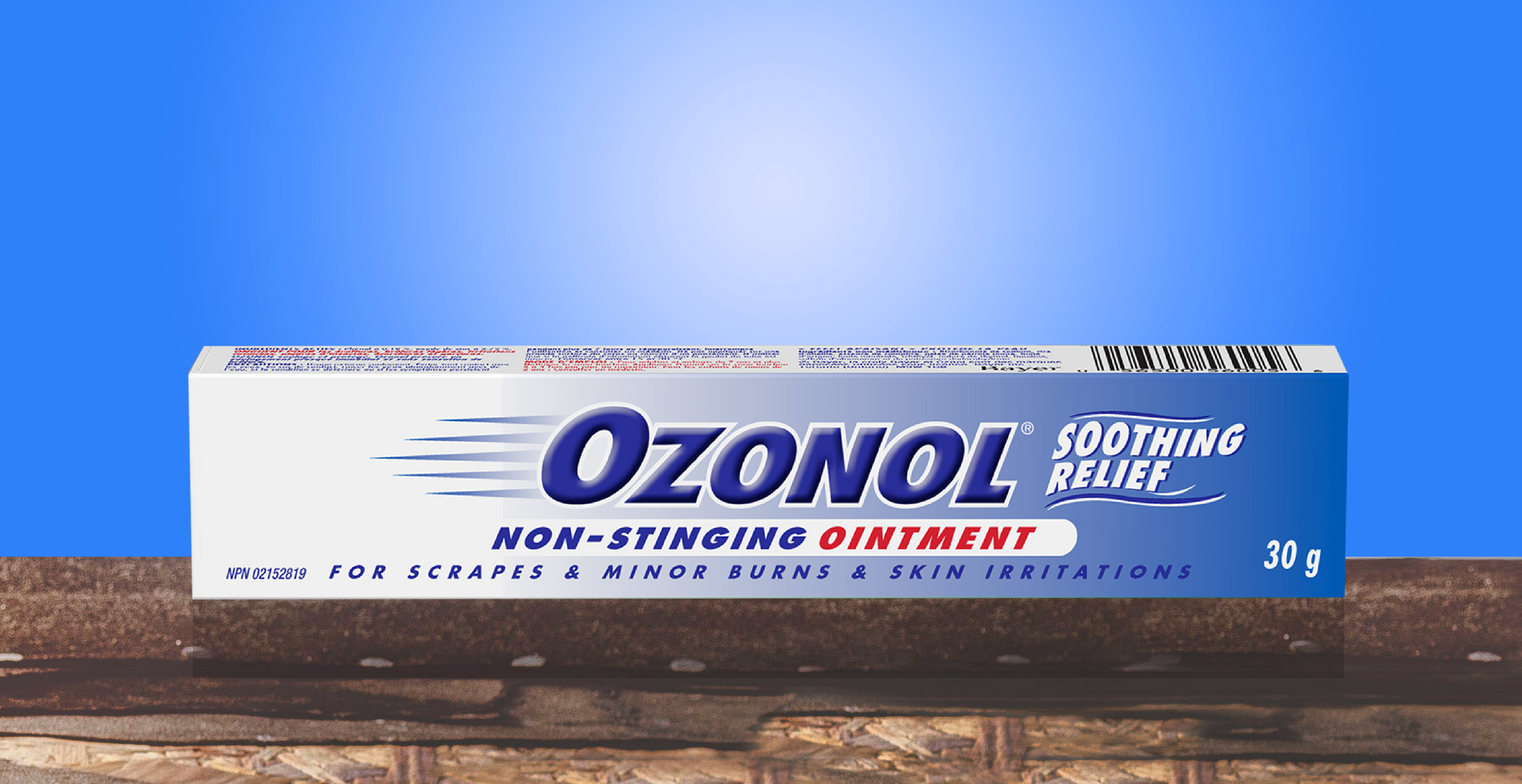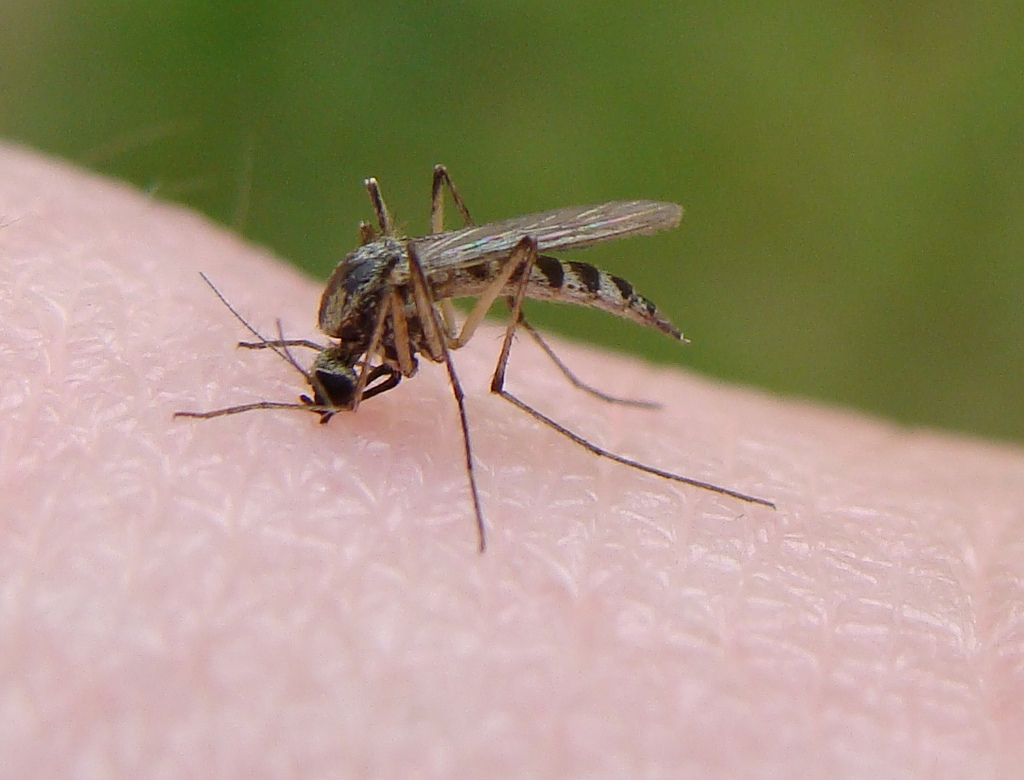Minor cuts and scrapes are a normal part of life and proper first aid can help to ensure that they do not escalate into something more serious. When faced with a cut or scrape, taking the steps below may help.
Wash Your Hands
Wash your hands thoroughly. If the cut or scrape is anywhere other than your hands, use disposable gloves if available. Having clean hands is important because it can help prevent infections.
Stop the Bleeding
Most of the time, small cuts and scrapes will stop bleeding unaided. If bleeding is persistent, use a sterile gauze or clean cloth to gently apply pressure. Elevating the wounded body part can also help stem bleeding.
Clean the Wound
Rinse the wound with clean water. Cleaning the wound of dirt or particles can reduce the risk of infection. Clean the area around the wound with soap and water,
Use an Antibiotic Ointment
Apply a layer of an antibiotic ointment or cream to keep the skin moist. This can help prevent infection and provide temporary relief of pain and/or irritation.
Cover the Wound
Bandages can help keep the wound clean and protect it from bacteria. You should change the bandages at least once a day or if they get wet and/or dirty. Minor scrapes or scratches can be left uncovered.
Be Mindful of the Wound and Infections
Consult your doctor if the wound is deep, as you may need stitches. You should also consult your doctor if you notice any redness, increasing pain, drainage, warmth or swelling around the wound. Your doctor may suggest that you get a tetanus shot or booster shot.
More First Aid Tips:




